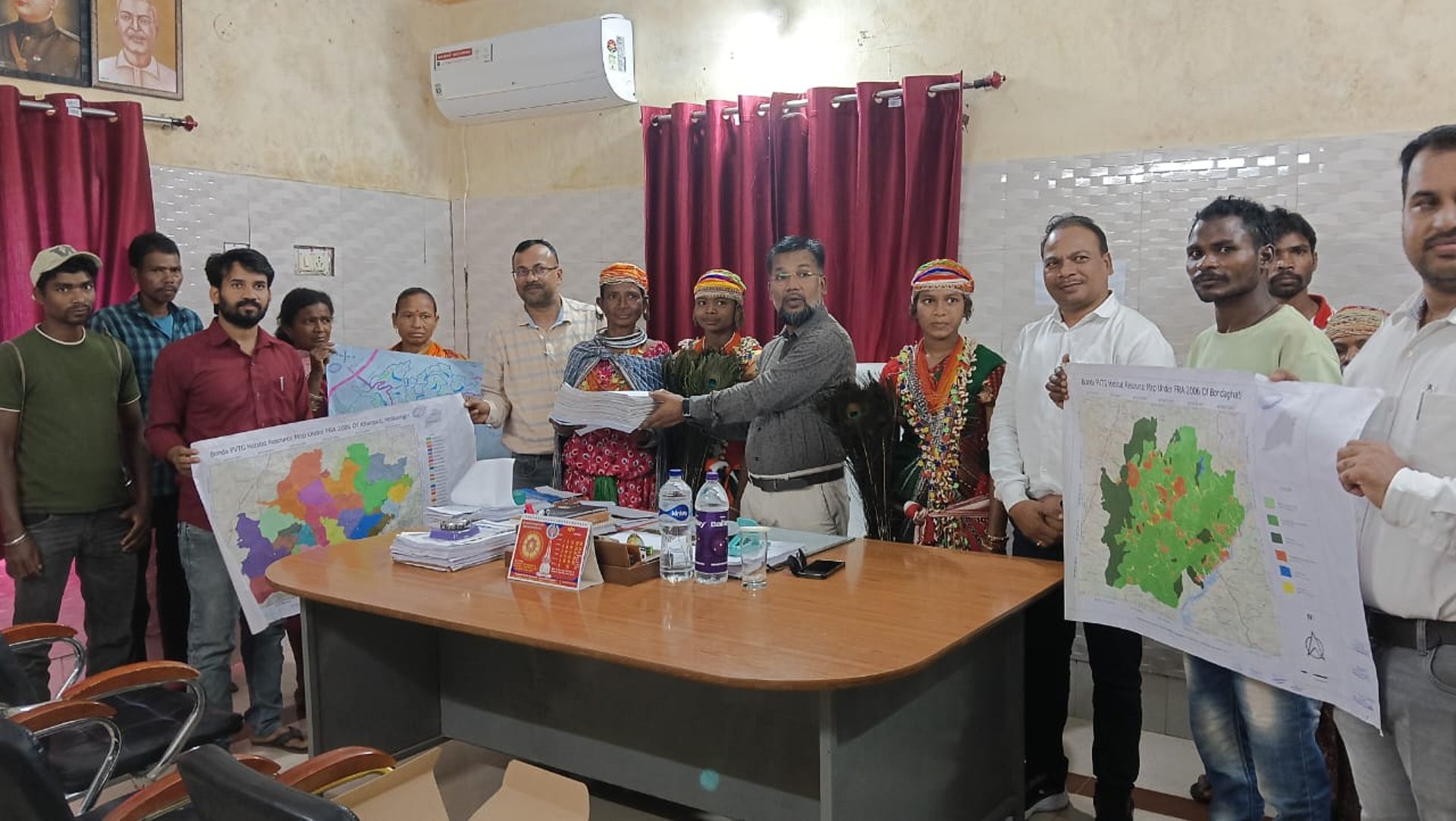
15.12.24
Habitat Rights Milestone: Empowering the Bonda Tribe through Legal Recognition of Ancestral Lands


On 13 December 2024, the Bonda Community of Odisha achieved a significant milestone as they received their Habitat Rights Patta under the Scheduled Tribes and Other Traditional Forest Dwellers (Recognition of Forest Rights) Act, 2006—commonly referred to as the Forest Rights Act (FRA). The Chief Minister of Odisha formally handed over the Patta to community representatives during the Malyabanta Festival held in Malkangiri. This historic event marked a defining moment for the Bonda tribe, symbolising the legal recognition of their customary rights and laying a foundation for preserving their cultural and ecological legacy.
The Bonda tribe—who refer to themselves as ‘Remo’—are classified as a Particularly Vulnerable Tribal Group (PVTG) by the Government of India and inhabit the rugged Bonda Ghati region in the Eastern Ghats of Malkangiri district, Odisha. Their traditional lands, comprising 29 villages under the Mudulipada and Andrahal Gram Panchayats, stand as a testament to their distinct sociocultural practices and harmonious relationship with the forest. However, their rights to these lands remained unrecognised for decades, exposing them to external pressures and ecological challenges.
The process of securing Habitat Rights for the Bonda PVTG was extensive and collaborative. It began with the formation of Forest Rights Committees (FRCs) across 28 villages within the Mudulipada and Andrahal Gram Panchayats. With support from the Initiative on the Forest Economy (IoFE) team, Gram Sabha meetings were held to build consensus, document claims, and map the boundaries of the community’s habitat.
To ensure accuracy, both hand-sketch and Geographic Information System (GIS) maps were prepared, capturing detailed features of the Bonda community’s traditional forests and settlements. This effort was further bolstered by a training programme held on 29 July 2024 at the Integrated Tribal Development Agency (ITDA) in Paralakhemundi. During this programme, 18 volunteers from four Gram Sabhas were trained in GIS mapping techniques using tools, such as the Traccar Client app and nCount, a machine-learning-powered mapping platform. Despite challenges, including limited access to technology, the volunteers—particularly—women, played a pivotal role in mapping forest boundaries, settlement areas, and key landmarks.
On 1–2 November 2024, joint verification meetings were held in Mudulipada and Andrahal villages. These sessions brought together FRCs, Gram Sabha members, and representatives from the Forest and Revenue Departments to review claims and validate maps. This collaborative approach not only strengthened the claims but also highlighted the community’s deep knowledge of their landscape.
The finalised Habitat Rights claims were submitted to the Tahasildar of Khairput on 4 December 2024 and subsequently forwarded to the Sub-Divisional Level Committee (SDLC) for further examination and approval. The dedication of the community, combined with technical support from our team, ensured that the claims adhered to the provisions of the FRA, 2006.
Bondas’ Journey to Habitat Rights Recognition
The recognition of Habitat Rights for the Bonda PVTG underscores the transformative power of combining community-led initiatives with modern technology. It highlights the importance of accurate mapping, inclusive participation, and sustained collaboration among local communities, government bodies, and supporting organisations.
This milestone serves as a model for similar initiatives across India, demonstrating that the legal recognition of customary rights is not only attainable but also essential for the sustainable management of forest resources and the preservation of Indigenous cultures. For the Bonda community, this achievement is a testament to their resilience, unity, and commitment to safeguarding their way of life for future generations.
Blueprint for Transformation
As the Bonda community embarks on this new chapter, the conferment of the Habitat Rights Patta does not signify the end of their struggle, but rather the beginning of a new era marked by empowerment and stewardship. This legal recognition grants the community both security and autonomy, empowering them to manage their ancestral lands, preserve their cultural heritage, and ensure the sustainable use of forest resources.
Furthermore, this milestone underscores the need for continued support and collaboration to address persistent challenges, such as infrastructure development, access to technology, and effective policy advocacy. Collectively, these efforts will help ensure that the Bonda community continues to thrive, setting a powerful example of resilience and self-determination for other forest-dependent communities across the nation.
